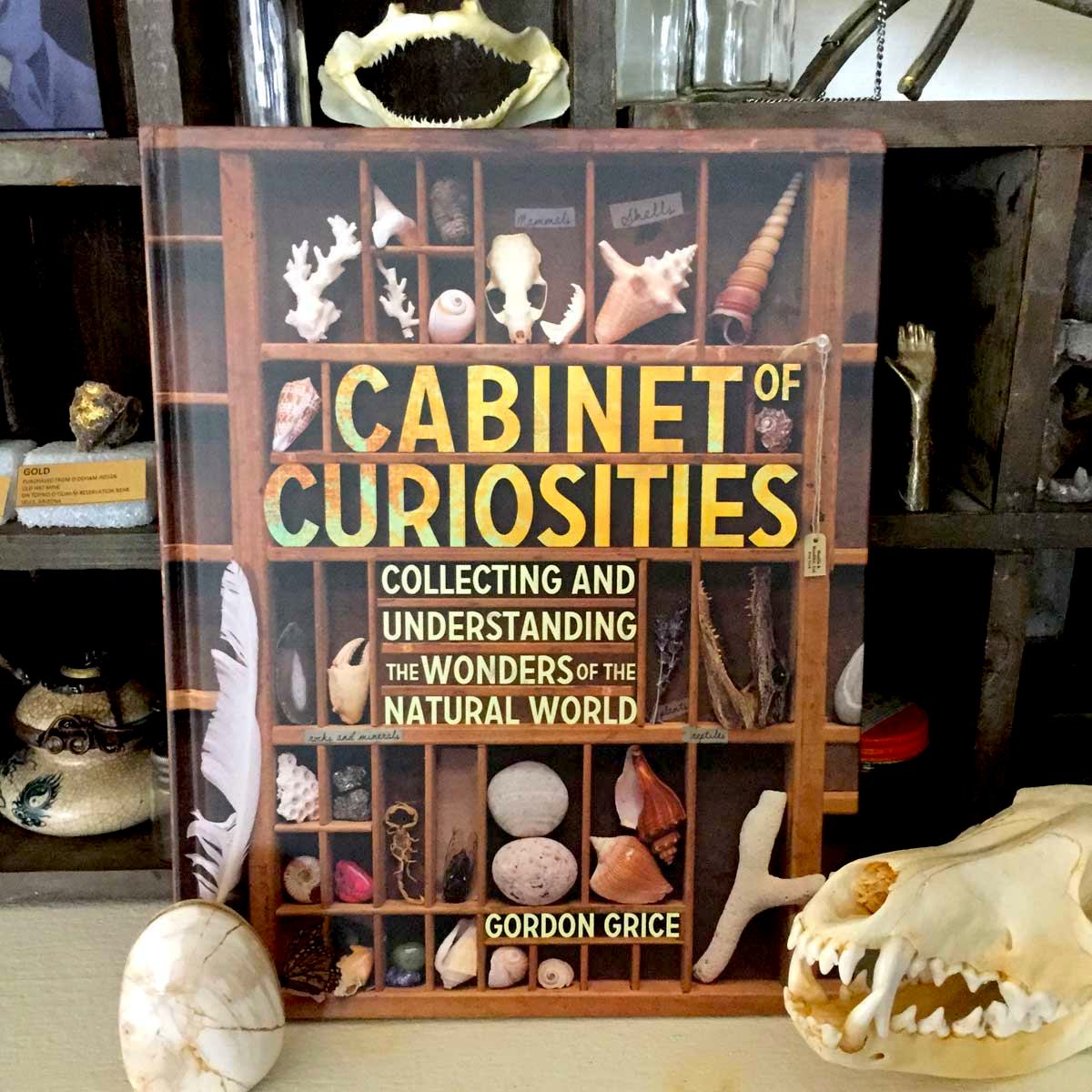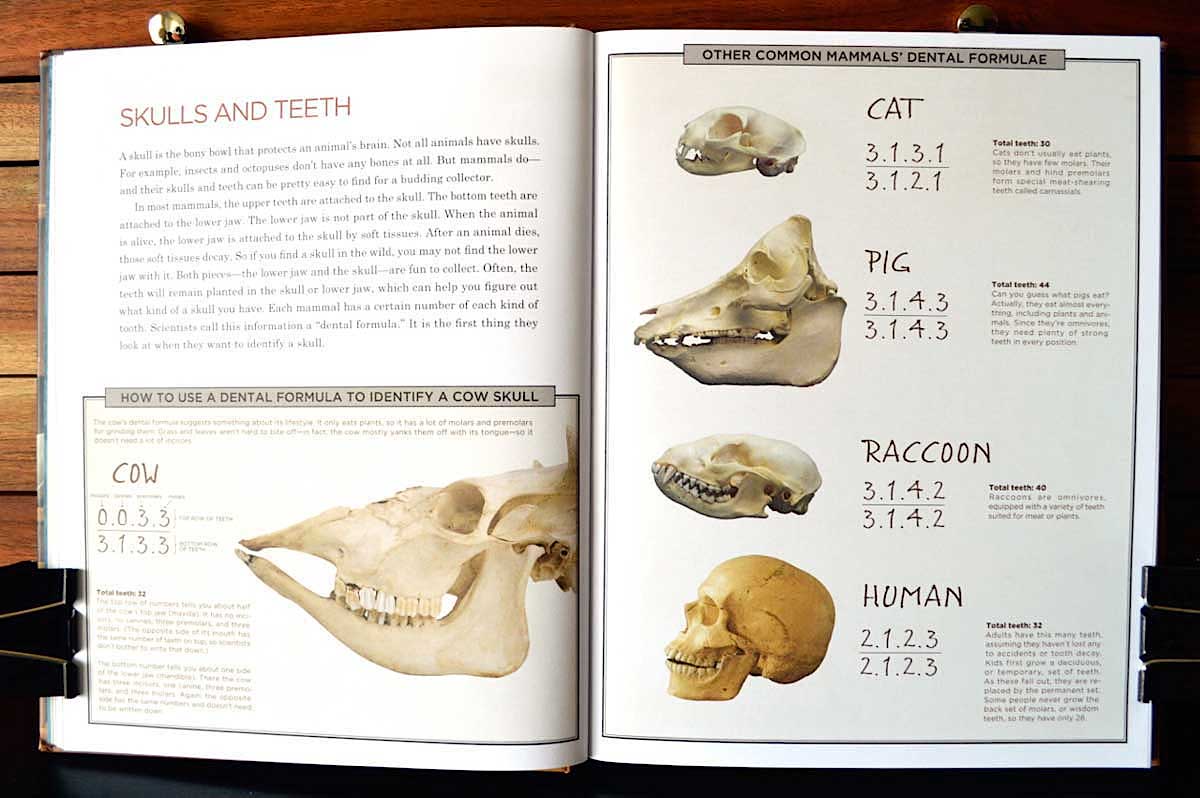An Interest In:
Web News this Week
- April 24, 2024
- April 23, 2024
- April 22, 2024
- April 21, 2024
- April 20, 2024
- April 19, 2024
- April 18, 2024
Cabinet of Curiosities A unique book of natural science for curious kids Released today!

The term "cabinet of curiosities" means different things to different people. For the author of this wonderful book for kids, it was a cigar box full of treasures that he started accumulating at the age of six, beginning with the found skull of a skunk. For my brother, it was the annual gift I sent him from The Evolution Store in Manhattan: a shark, bat, crab, scorpion, and a black widow. (Yes, I forced a curiosity cabinet onto him.) For me, its a combination of anything small, old, and interesting, human-made or nature-made, and preferably a bit on the bizarre side. This book, however, focuses on the natural wonders only, and, specifically, those waiting out there to be found by the young scientists, collectors, and curators of tomorrow.
Nature writer Gordon Grice starts with a bit of history about cabinets of curiosities and the Age of Exploration, during the 1400s-1600s, when seekers of fortune brought home fascinating items from their travels. Many of these items that made up small private collections ended up being the biggest cabinets of curiosities of all: museums. He tells us what we can use to make our own mini cabinets and shows how we can even build one from scratch. From there he introduces us to the classifications of life, with a brief description of the taxonomy still in use today created by Carl Linnaeus, a Swedish biologist in the 1700s.
The rest of the book is divided into three main sections: Animalia, Plantae, and Mineralium. Grice spends the majority of pages on the animal kingdom. Though plants and rocks have their place in a good cabinet, animals are the clear winners of this book. In examining just a few species, a mere tip of the iceberg, one learns many wonderful facts, such as that ravens will investigate gunshots to see if they result in anything good to eat. Or that a cuckoo bird will shove an egg out of another species nest and replace it with her own, so that the other bird will raise her young imposter instead. Or that a sharks teeth are the hardest element in its whole body. Or that brown crabs can live for 100 years. We also learn about preservation and display of specimens.
The book carries a few (but not enough) scattered warnings about not collecting live or endangered animals, as well as safety issues and respecting property rights. I wish there were more emphasis on observing or collecting without causing harm or violating laws. For instance, here in Arizona, it is illegal to collect a saguaro boot the hard scar tissue resembling a boot that the cactus builds up around a birds nest within its body from the wild. The previously mentioned store sells only legal specimens and is licensed by the U.S. Fish and Wildlife Service, but I suspect there are a lot of specimens out there that are collected in dubious fashion; all the more reason to find ones own treasures in nature.
This is a beautifully illustrated book that will undoubtedly spark the curiosity in any kid who reads it. Compiling a cabinet of curiosities is a way for a youngster to feel connected to her or his environment, history, the Earth, other creatures, and science. Certainly, every child has a moment in which they begin their own personal age of exploration. Aaron Downey
Cabinet of Curiosities: Collecting and Understanding the Wonders of the Natural World
by Gordon Grice
Workman Publishing
2015, 160 pages, 8.5 x 11 x 0.8 inches
$14 Buy one on Amazon

Original Link: http://feeds.boingboing.net/~r/boingboing/iBag/~3/MJNukIF_4PA/cabinet-of-curiosities-a-u.html


